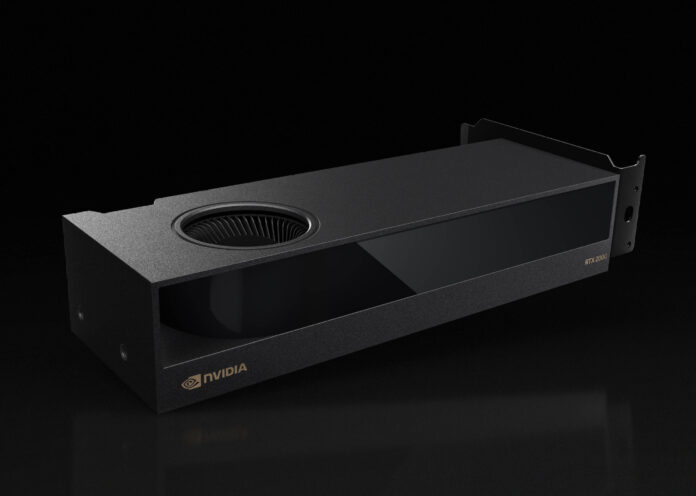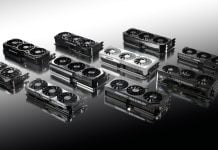NVIDIA‘s latest entry into the GPU market, the RTX 2000 Ada, is a pleasant surprise for sure. The card seems like a great combination of compact design and robust performance. However, it is noteworthy that the card is aimed at small form factor workstations. Carrying a price tag of $625, it is a pretty good option for those looking to level up their compact setups without compromising on power.
The card, however compact, has solid performance with over 2800 CUDA cores
The RTX 2000 Ada brings significant upgrades over its predecessors, notably with a substantial 16GB of GDDR6 memory, equipped with ECC for added reliability. Despite its smaller size, the GPU does not skimp on performance, boasting 2816 CUDA cores, 88 Tensor cores, and 22 RT cores. NVIDIA claims impressive compute performance, including 12.0 TFLOPS of single-precision performance, making it a formidable tool for a variety of tasks.

Physical attributes also get a notable mention; the GPU supports four mDP 1.4a display outputs, catering to multi-monitor setups in space-constrained environments. Its efficient 70W power draw and utilization of a PCIe Gen4 x8 connection underscore its suitability for systems where power and expansion slots are at a premium.
Particularly noteworthy is the inclusion of AV1 encode and decode capabilities, a feature that’s becoming increasingly demanded in modern GPUs for its efficiency in video processing.
However, it’s essential to note that the RTX 2000 Ada might not be the go-to for those engaged in high-end design work or AI research. Instead, its strengths lie in bringing AI inference and advanced graphics capabilities to settings where larger, more power-hungry GPUs can’t fit. From multi-display workstations to AI-enhanced workflows, it is expected that the RTX 2000 Ada will make its mark as a versatile and energy-efficient option for professionals and enthusiasts alike.
RELATED:
- AI Chip Boom will soon push NVIDIA past Amazon in market value
- Clash of the Titans in China’s AI Market as Nvidia Takes on Huawei
- Get $100 OFF on Xiaomi 14 Pro at Giztop (1TB Variant)
- Best Smartphones Awards 2023 – Gizmochina
(Via)






